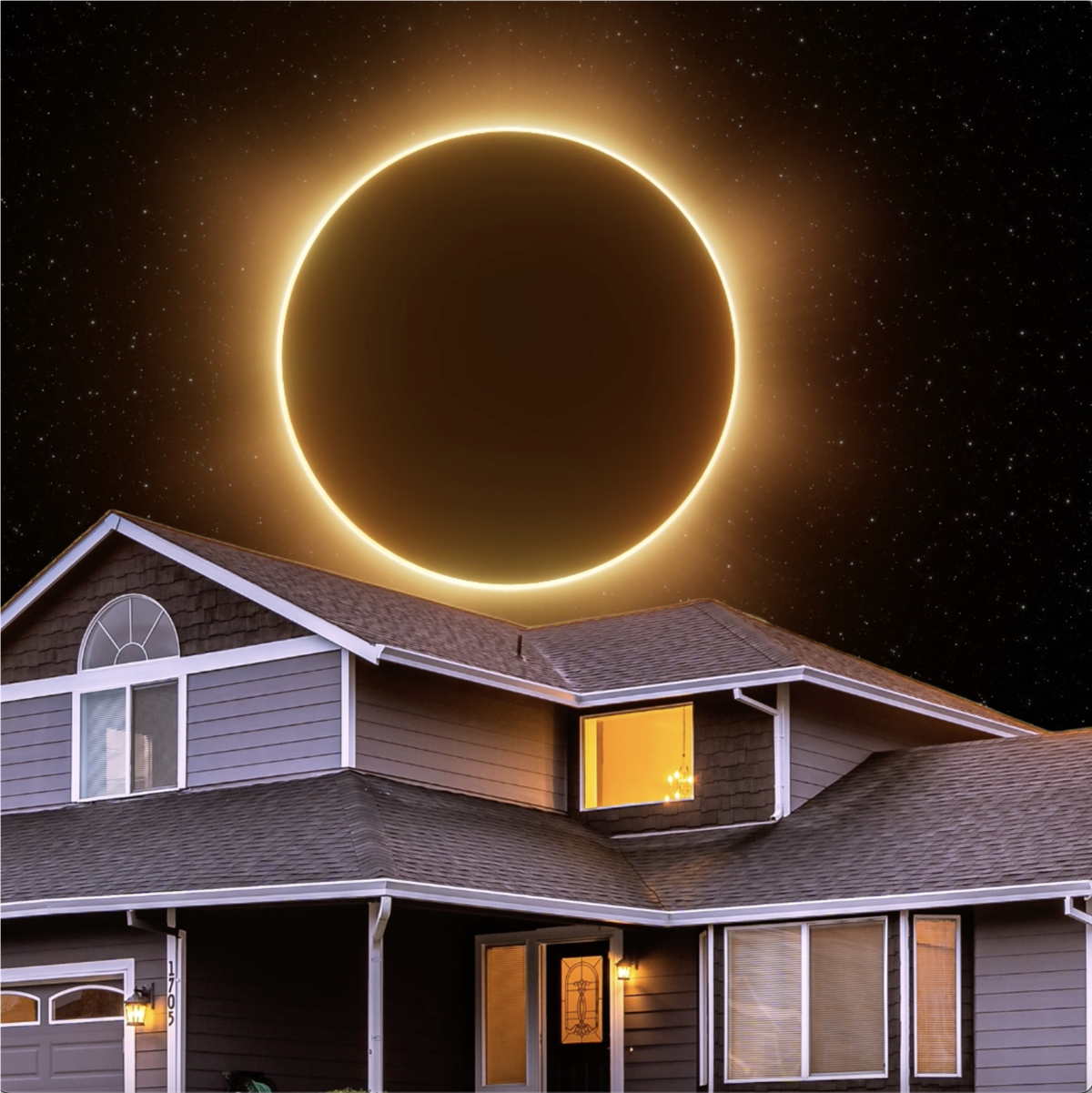A SIMPLE GUIDE TO THE DIFFERENT LAYERS ON A ROOF.
Are you aware of all the layers that come with your roof? There is a standard structure of at least 6 layers, but there can be more depending on the shingles, type of roof, and upgrades that you get. Here is an example of the most common layout.
1. Decking:
– The decking provides a solid structure for all of the other layers to sit upon on your roof and provides an additional layer of protection to rain, hail, leaks, etc. It’s important to remember that if you haven’t had your roof replaced in a while, we don’t know if the decking is intact until we take up all of the other layers, and there may be an additional charge that is incurred for replacement decking.
2. Ice and Water Shield:
– This is a self-adhering, self-sealing, and water-proof membrane. It’s installed on the roof deck to help protect against water infiltration from wind-driven rainwater or ice buildup.
3. Underlayment:
– A roofing system’s underlayment provides an added layer of protection between shingles and the roof deck. it is designed to help reduce blow-off by allowing roofing shingles to lie flatter and more uniform. Underlayment also prevents wind-driven rain from getting under the shingles and causing damage to the roof’s structure or your home’s interior.
4. Starter Shingles:
– These are placed at the eave and rake edges of the roof and are made with enhanced sealant and a modified size designed to extend up beyond the fastening point of the first course of shingles to fortify these more vulnerable shingles against wind uplift, shingle blow-up, and moisture migration.
5. Roofing Shingles:
– These sit atop the underlayment and starter shingles. These add color and style, and most importantly, protect the roof from the elements.
6. Hip and Ridge Shingles:
– The highest point on the roof is called the ridge, the other is called the hip. These high points can often experience greater damage from events like hail and debris. Hip and ridge shingles provide extra impact protection, as well as extra roof dimension for curb appeal, at these more vulnerable, visible areas.
Subscribe to Music City Roofers's Blog




Comments